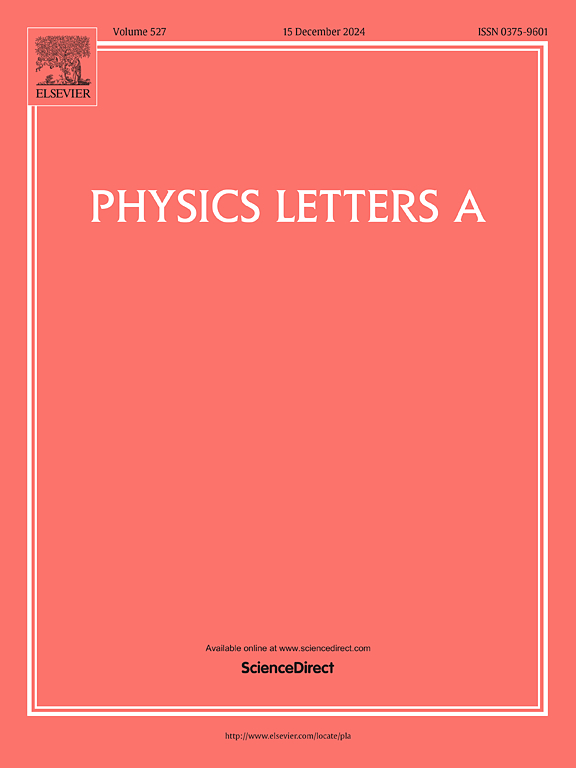The physical properties of iron-rich Fe-Co alloys: Analysis from the perspective of Co concentration
IF 2.3
3区 物理与天体物理
Q2 PHYSICS, MULTIDISCIPLINARY
引用次数: 0
Abstract
Although the ground-state structure and magnetism of Fe-Co alloys are well known, the physical properties such as lattice dynamics, elasticity, and magnetocrystalline anisotropy are rarely reported. Here, the physical properties of Fe16-xCox (x = 1–8) alloys are systematically investigated using first-principles calculations, with emphasis on the composition-property relationship. As Co concentration increases, the lattice volume, total magnetic moments (saturation magnetization), and first magnetocrystalline anisotropy constants of the alloys initially increase and subsequently decrease, with Fe13Co3 alloy exhibiting an extremum. The dynamical and mechanical properties change with Co concentration in non-specific trends. Most alloys are both mechanically and dynamically stable. The Fe12Co4 and Fe9Co7 are dynamically and mechanically unstable, respectively. The elastic modulus, ductility/brittleness, and elastic anisotropy are explored in detail. Finally, the magnetic hardness parameters show that Fe13Co3 alloy is a semi-hard magnet, while other alloys are soft magnetic materials. This research provides a theoretical basis for the application of Fe-Co alloys.
求助全文
约1分钟内获得全文
求助全文
来源期刊

Physics Letters A
物理-物理:综合
CiteScore
5.10
自引率
3.80%
发文量
493
审稿时长
30 days
期刊介绍:
Physics Letters A offers an exciting publication outlet for novel and frontier physics. It encourages the submission of new research on: condensed matter physics, theoretical physics, nonlinear science, statistical physics, mathematical and computational physics, general and cross-disciplinary physics (including foundations), atomic, molecular and cluster physics, plasma and fluid physics, optical physics, biological physics and nanoscience. No articles on High Energy and Nuclear Physics are published in Physics Letters A. The journal''s high standard and wide dissemination ensures a broad readership amongst the physics community. Rapid publication times and flexible length restrictions give Physics Letters A the edge over other journals in the field.
 求助内容:
求助内容: 应助结果提醒方式:
应助结果提醒方式:


